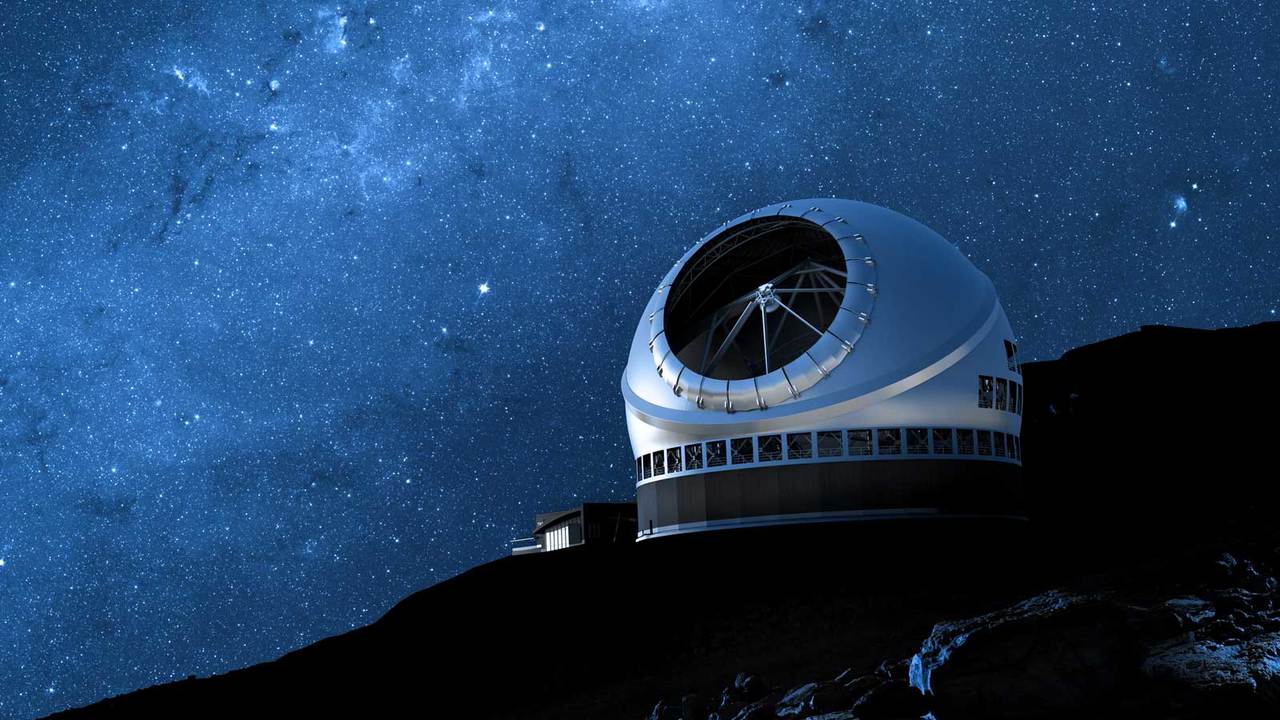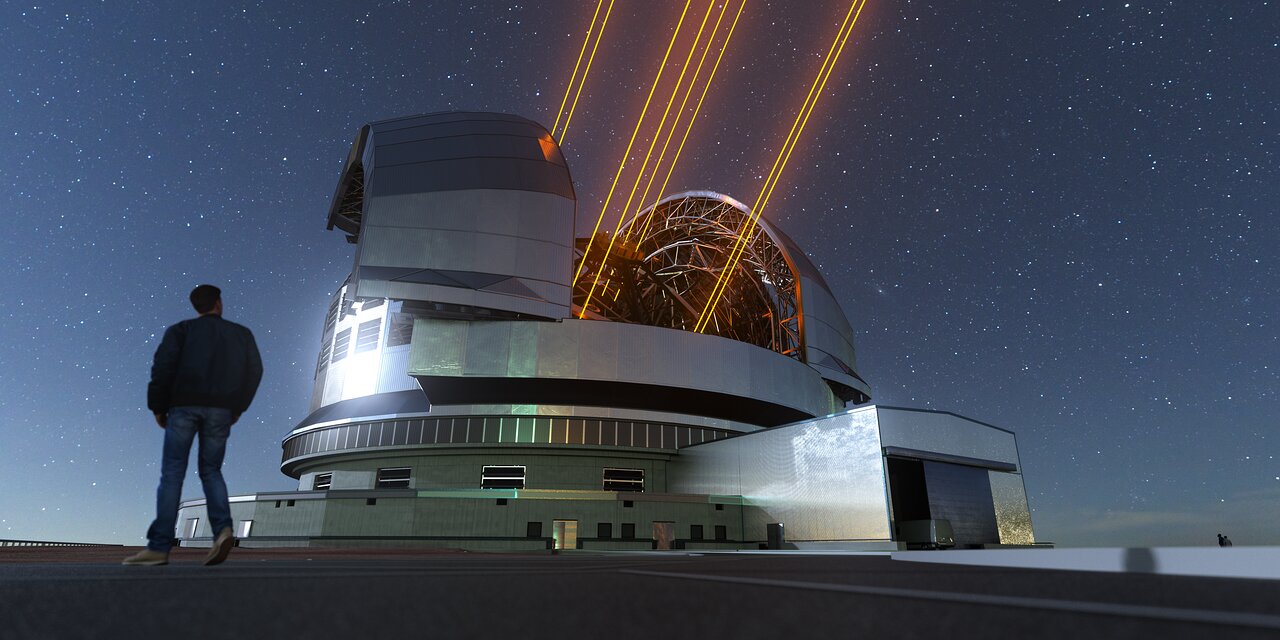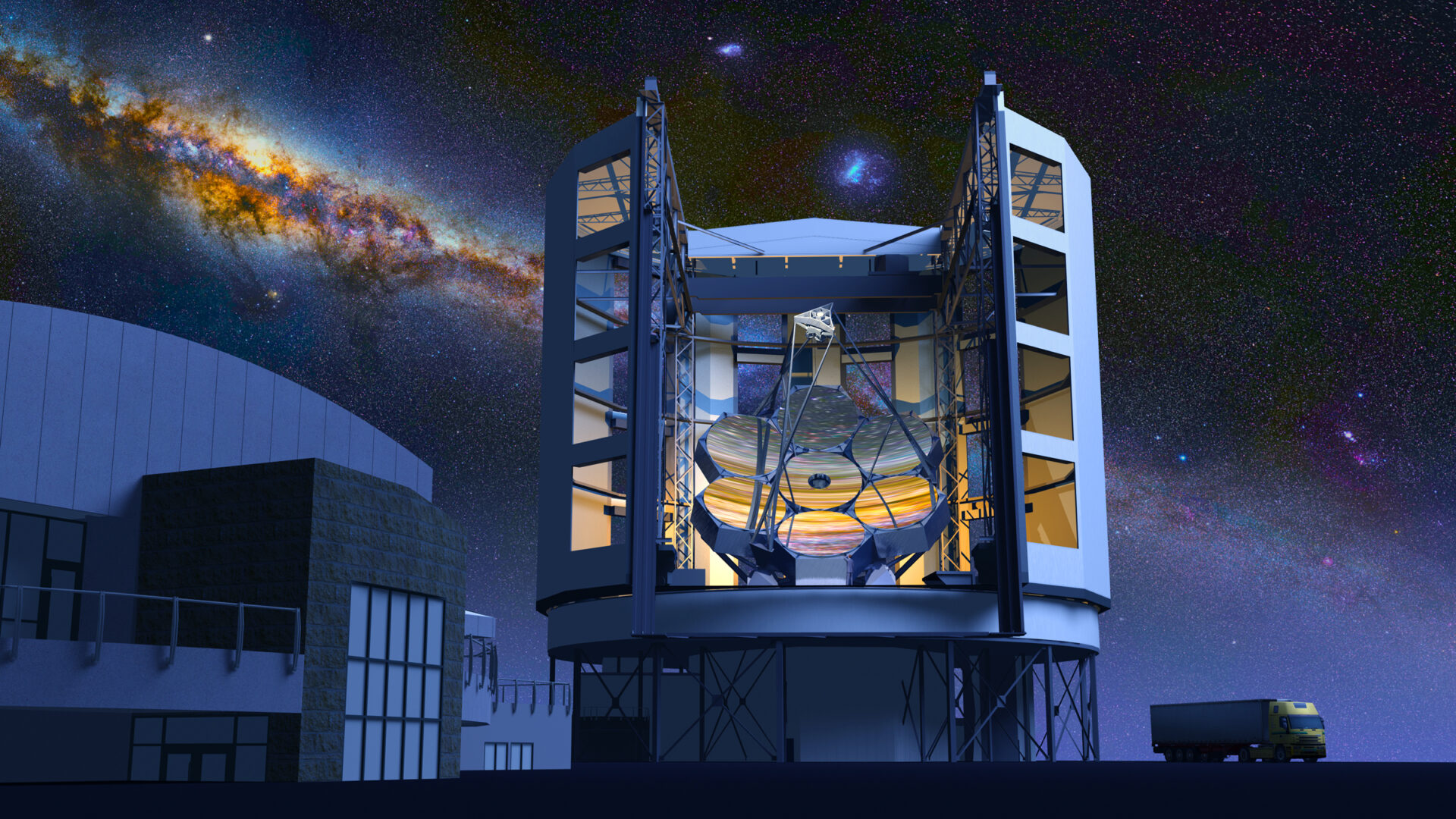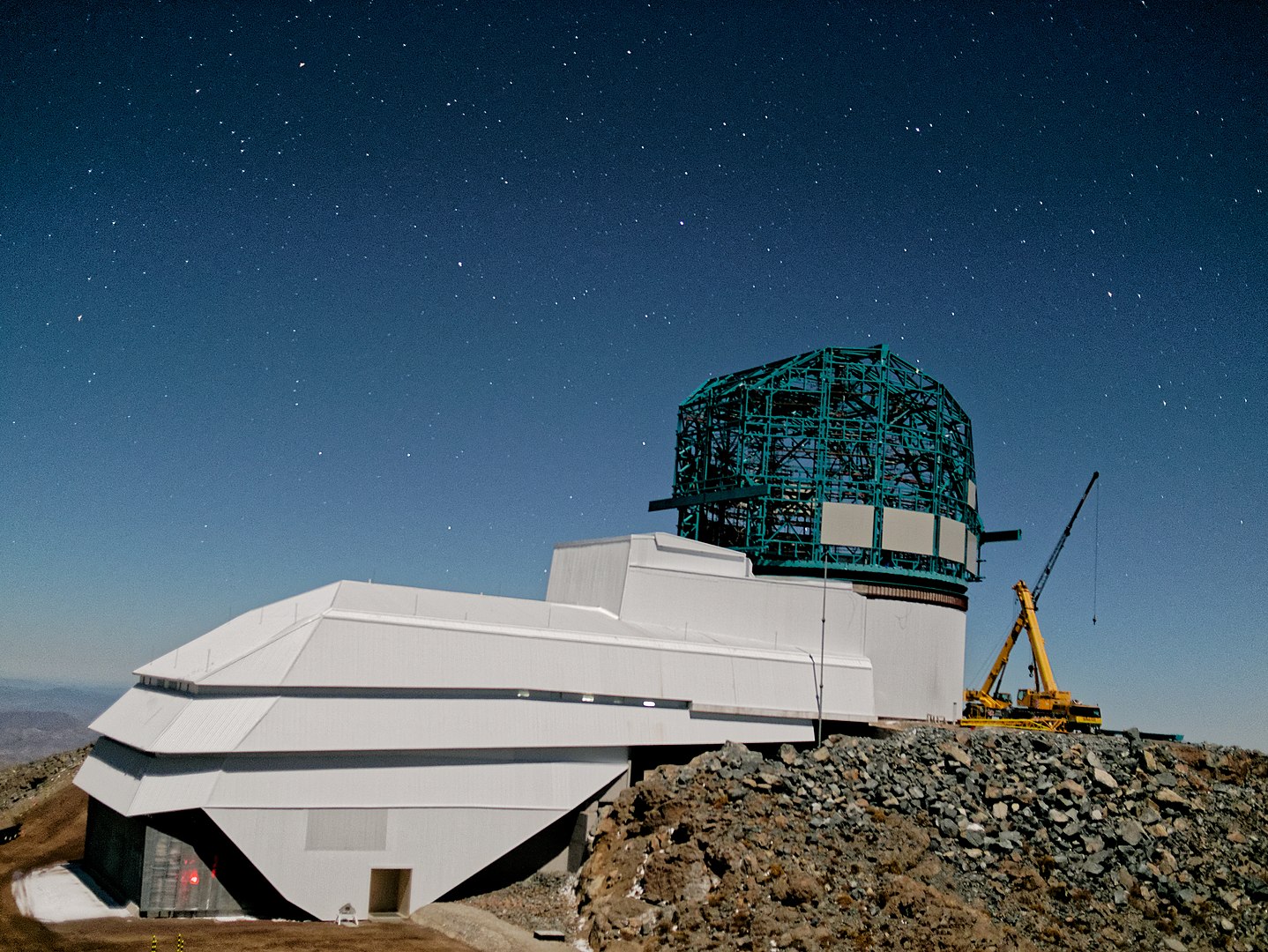Now the scientific community is waiting for the start of operation of the James Webb Telescope, which will show us the Universe with unprecedented quality, with the hope of looking further into the past than ever before. At the same time, new telescopes are being built all over the world, preparing the ground for a new era in astronomy, which would show how the Universe was born and developed. Here are some of the most innovative telescopes on the horizon.
Thirty Meter Telescope

The Thirty Meter Telescope is named after its widest main mirror, the size of which will be 30 meters across. Images from the Thirty Meter Telescope will be more than 12 times clearer than images from Hubble, a veteran space telescope that has begun to malfunction in recent years. The Thirty Meter Telescope will study some of the earliest light sources, as well as the physics of the early Universe, which will help astrophysicists better understand dark matter. Protests over the placement of the telescope in Hawaii have delayed construction, but the telescope is expected to be launched on time in 2027.
Extremely Large Telescope
The main mirror of the new telescope of the European Southern Observatory in the Chilean Atacama desert will be even larger than the mirror of a Thirty Meter Telescope – its diameter will be 39 meters. Hence the name – Extremely Large Telescope.

The ELT is to become the world’s largest visible and infrared light telescope, and will also be able to focus 100 million times more light than the human eye. It is expected to replace ESO’s Very Large Telescope. The telescope’s scientific goals include studying exoplanets and the possibility of life on some of them, black holes, galactic evolution and the early days of the Universe. The launch of the telescope is expected in 2027.
Giant Magellan Telescope
When everything is ready, the Giant Magellan Telescope will look at space from a height in the Atacama Desert in Chile, which is famous for its ideal place for astronomical observations. The 12 floor high optical-infrared telescope will use seven main mirrors (each with a diameter of more than 8 meters) to focus light from deep space.

According to the specification, GMT will be four times more powerful than the JWST telescope and 10 times more powerful than Hubble. It will use various tools to study exoplanets and potential biosignatures in their atmospheres, as well as galactic evolution, gravitational waves and objects that are easily visible in the near infrared, such as planetary systems. It is expected that the construction of the telescope will be completed in 2029.
LSST
The Legacy Survey of Space and Time (LSST), formerly called the “Large Synoptic Survey Telescope”, is also being built in the Atacama Desert. This telescope will be equipped with the largest digital camera ever created, with an enormous resolution of 3.2 billion pixels. The amount of information it will collect every night will be 15 terabytes. They will include data on the brightness, location, shape and color of objects in the night sky.

The idea is to display a huge section of the sky with such frequency that astronomers will actually get a frame-by-frame film of the observable universe with unprecedented resolution. While other telescopes focus on certain objects in the sky, LSST will capture the widest panorama, giving a spatial context to the work of all other telescopes.
Earlier, the reverse side of the Moon did not protect the Chinese telescope from radio noise.
Follow us on Twitter to get the most interesting space news in time
https://twitter.com/ust_magazine
